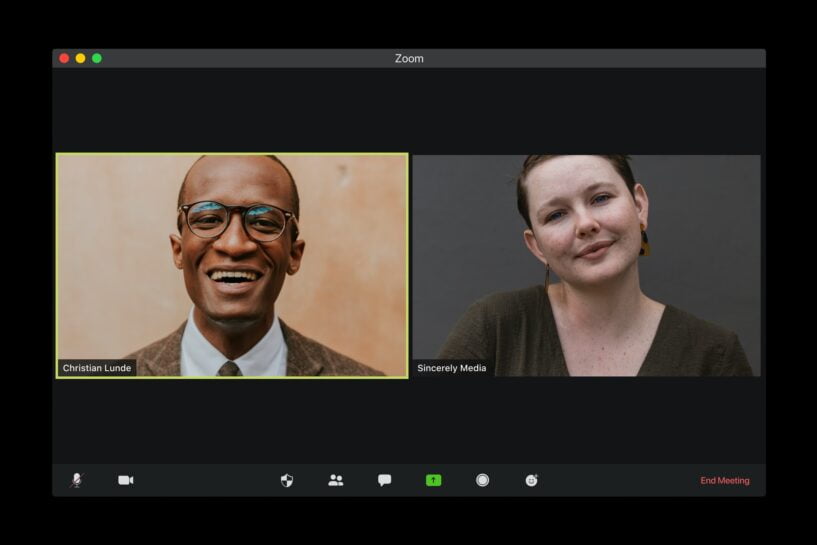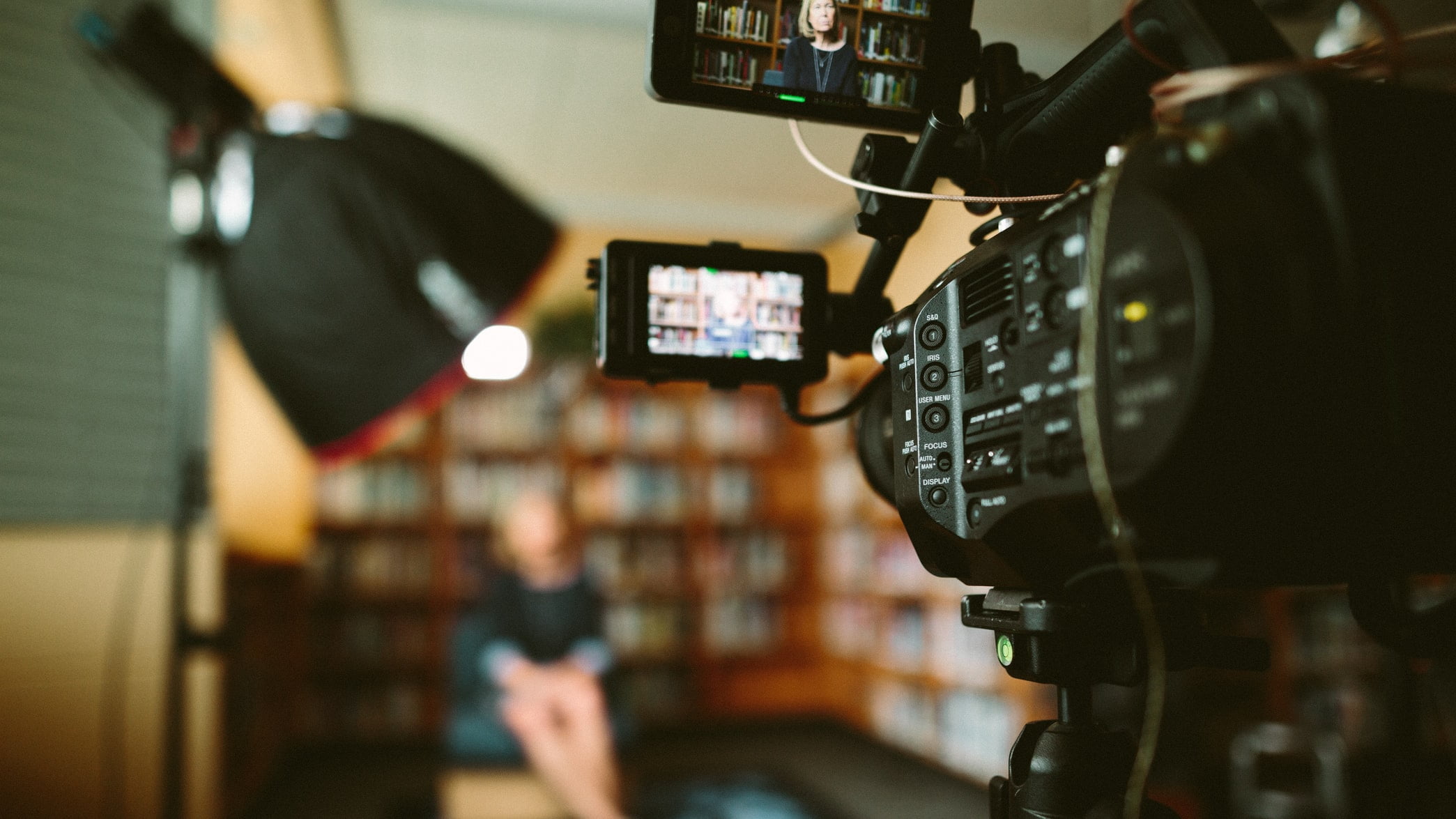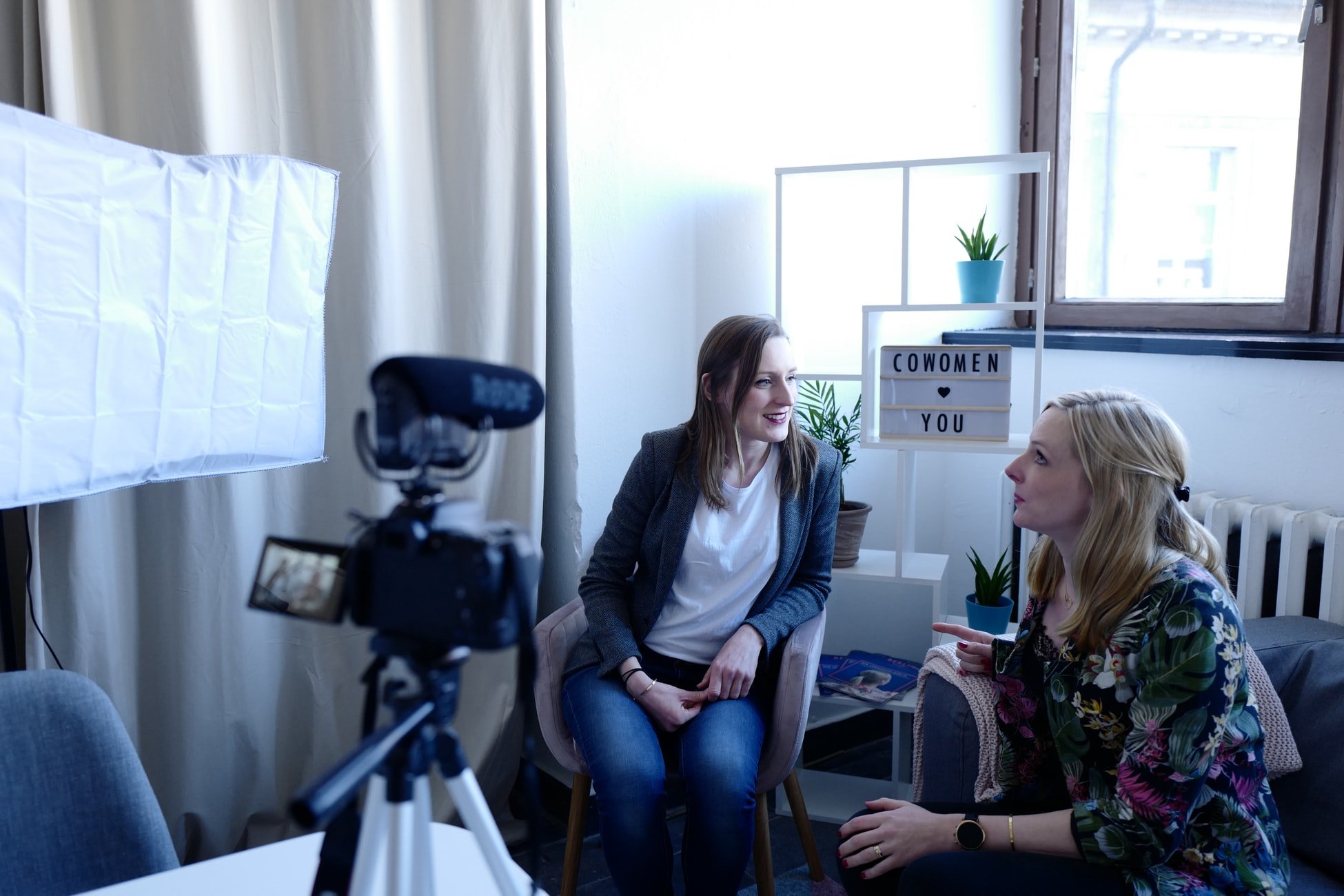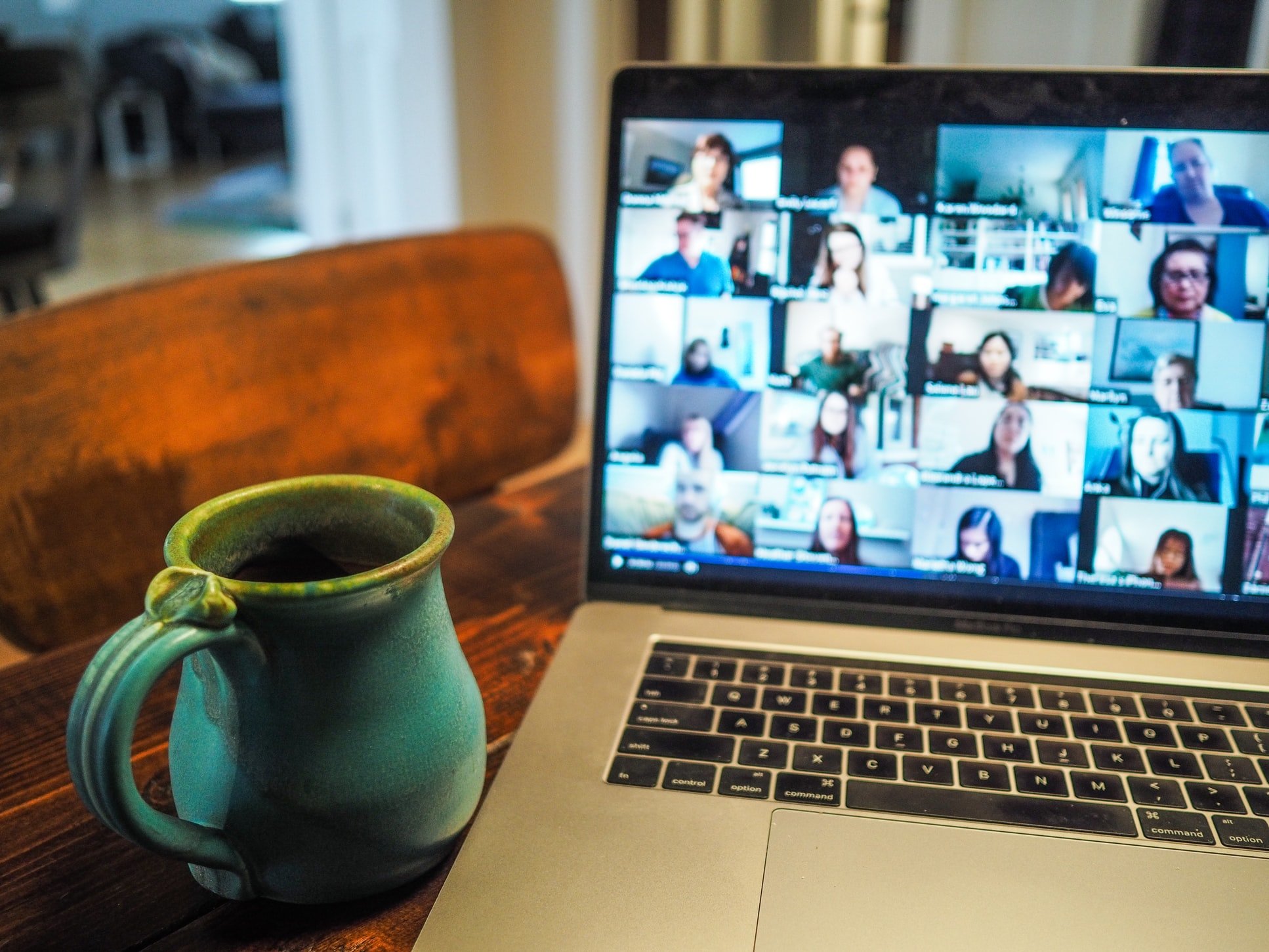The New Normal: Hosting the Perfect Virtual Event

While the COVID-19 pandemic still shows no signs of slowing down, various brands and industries are learning how to live with the virus. Months of lockdowns and quarantine have taught us to adjust to the new normal of zoom meetings, group video calls, and live events & concerts produced and broadcast from home. And it’s in these alternative forms of broadcasting that the virtual event was born—it might’ve sounded like an uncommon technique last year, and yet it’s what most people rely on for business, school, and entertainment these days.
The early throes of the pandemic brought live events and conferences to a standstill, but it wasn’t soon before brands and businesses adapted to the forced change and produced virtual event after virtual event.
Warner Bros. 24-hour comic-con-ish event, dubbed DC Fandome, remains the gold standard of live virtual events in the pandemic era. The one-day event racked up 22 million viewers all over the world and trended on YouTube and Twitter for a couple of days.
Split into two days, the first DC Fandom experience focused on the upcoming movies and TV shows under DC’s wide umbrella of superhero properties. The second day featured updates on current comic book runs and behind the scenes content for all eager fans to see.
If you’re hosting a virtual event soon, you might want to take it from DC’s book and follow these steps.

Don’t Underestimate Your Budget
Just because you’re doing things online for your virtual event doesn’t mean you can scratch off your budget. You might not be paying for production design, secretariat & auxiliary services, event staff, lights & sound, and the like, but your virtual event will still need the proper supporting technology and manpower to manage things behind the scenes.
And if your virtual event is a paid conference, you’ll still need to run ads on social media to get the desired number of participants. And with that comes your social media team. They might not be as numerous as your typical live event staff, but you’d still need a team of two or three social media managers to moderate interactions, run the ads, and assure that things will run smoothly as the virtual event goes live.
When working up your budget, make sure to prioritize the materials and tools needed and eliminate the unnecessary expenses that might not even be of use in the first place.

Mix In Live Videos and Taped Ones
One thing that the DC Fandome event did perfectly well was mixing in live videos and pre-recorded materials to make the virtual event more dynamic.
One convenience of virtual events is that you can always check out the stream well after it has ended. But if this is something that offers value or teaches your audience something, it pays to have live videos too (especially for conferences). Having your audience look forward to a live video with a speaker they can engage with will definitely beef up your virtual event’s interactivity.
On the other hand, having pre-recorded videos can save you from the horrors of technical glitches and other issues—ones that can be easily fixed through editing. Having both pre-recorded and live videos for your virtual event makes the whole thing light up with variety and eliminates the drabness of something recorded beforehand.

Orient the Speakers
As with any live event, speakers for a virtual event should be briefed beforehand. It’s good to keep in mind the following when giving your speaker a rundown of the event:
- Do they have a reliable and stable internet connection?
- What about the equipment? Will they need microphones and additional technology for visual aids?
- Are they going to interact with the audience? And if so, how would the comment moderation process go about?
- Is there a backup plan in place should the speaker’s technology fail them?
By going through these preparatory questions, you’ll be able to ensure a comfortable virtual environment both for your speaker and audience.

Guide Your Audience Through the Entire Virtual Event
Again, taking off of DC Fandome’s playbook, it’s good to give your attendees a couple of things that they would expect during the virtual event. Fandom allowed its attendees to create their own schedules so they can attend the sessions that apply to them. If this is something that you’d want to do for your conference, make sure that an entire plan is laid out for your audience.
How will they navigate through the talks? Will it still be available for viewing after the schedule?
You should also remind them about the rules for interaction with the speakers and co-attendees. For best practices, it’s ideal to have your attendees’ mics turned off for the entire session until the Q & A portion comes.

Promote, Promote, Promote
As mentioned earlier, virtual events cannot get the right traction it needs without proper promotion—just like one would do for a normal live event. That’s why it’s good to have a person responsible for the pre-event promotion across social media platforms and email sequences.
But your virtual event shouldn’t just be a one-off event. When all is said and done, you now have lots of content you can use and repurpose into other forms. One session can be turned into a podcast episode, a talk proper can be cut down into a series of blogs, graphics, and other creative content.
Planning virtual events entail countless zoom meetings and frequent back-and-forth of ideas between you and your event team. True, it’s relatively cheaper to produce a virtual event, but that’s not an excuse for you to hunker down on the necessities of the event.
Treat every virtual event as something done live and in person. That way, you are creating a comfortable and smooth experience for your speakers and attendees.
The pandemic might be here to stay for a little longer, but it doesn’t mean you can kiss your dreams of organizing a full live event goodbye.
Recommendations




Leave A Comment